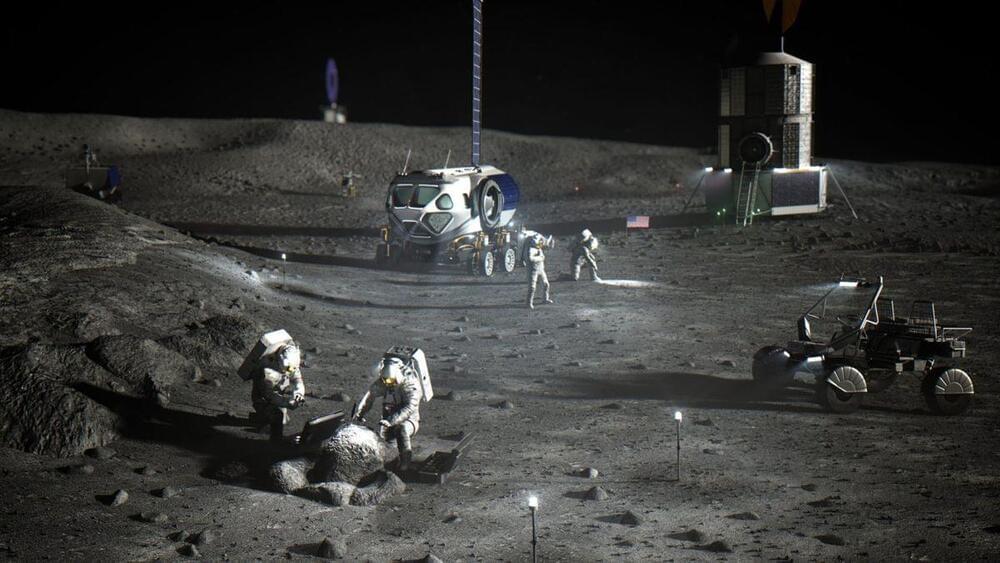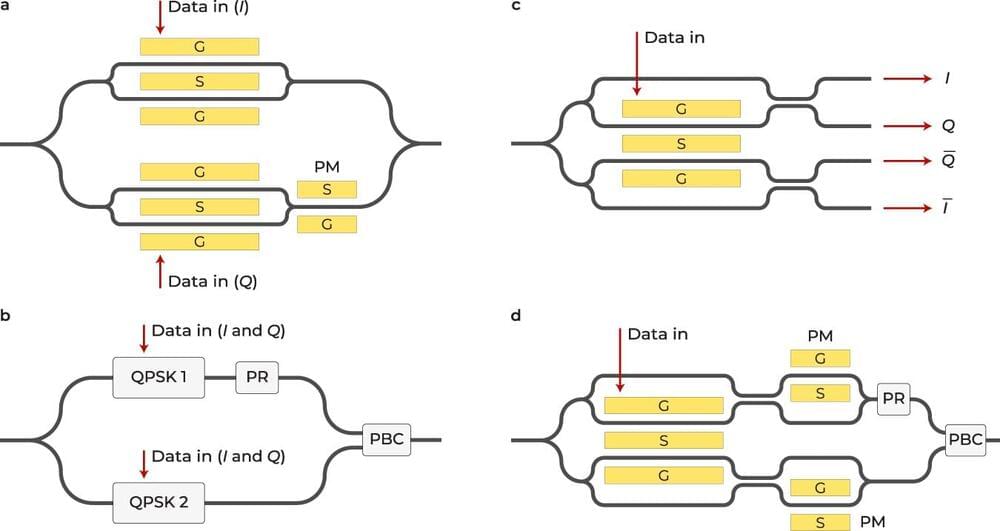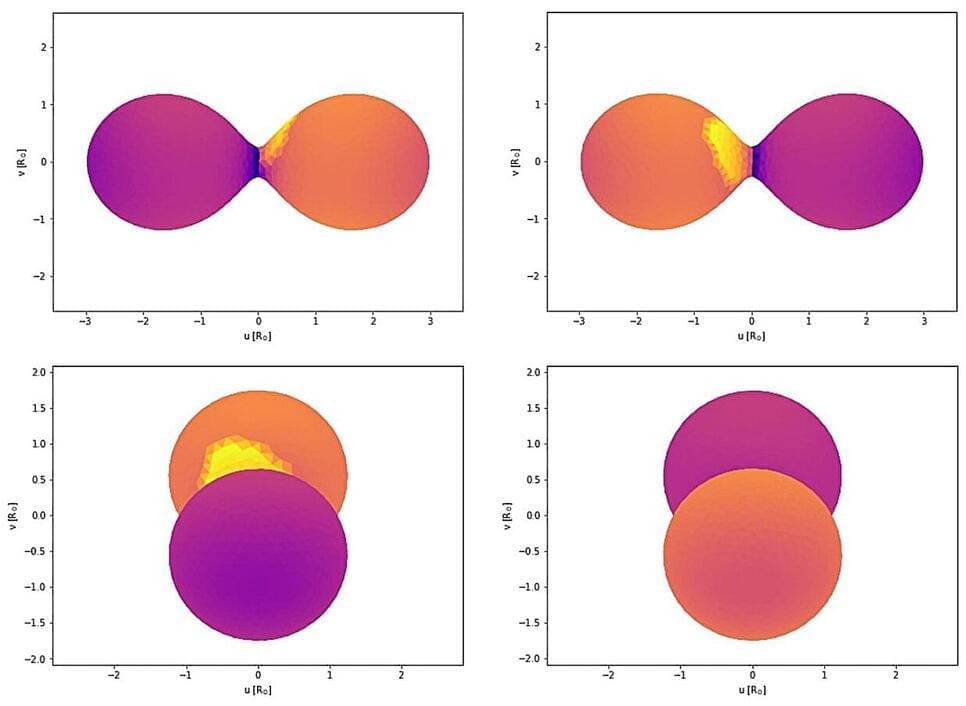We often wonder where we might find a truly sustainable and abundant source of energy, and the answer might turn out to be in the emptiness all around us.
Watch my exclusive video Dark Stars At The Beginning Of Time: https://nebula.tv/videos/isaacarthur-dark-stars-at-the-beginning-of-time.
Get Nebula using my link for 40% off an annual subscription: https://go.nebula.tv/isaacarthur.
More on Infinite Energy https://infiniteenergy.org.
Visit our Website: http://www.isaacarthur.net.
Join Nebula: https://go.nebula.tv/isaacarthur.
Support us on Patreon: https://www.patreon.com/IsaacArthur.
Support us on Subscribestar: https://www.subscribestar.com/isaac-arthur.
Facebook Group: https://www.facebook.com/groups/1583992725237264/
Reddit: https://www.reddit.com/r/IsaacArthur/
Twitter: https://twitter.com/Isaac_A_Arthur on Twitter and RT our future content.
SFIA Discord Server: https://discord.gg/53GAShE
Credits: Zero Point Energy & Vacuum Energy.
Episode 415, October 5, 2023
Written by:
Isaac Arthur.
Vlad Ardelean.
Produced & narrated by: isaac arthur.
Editor:






